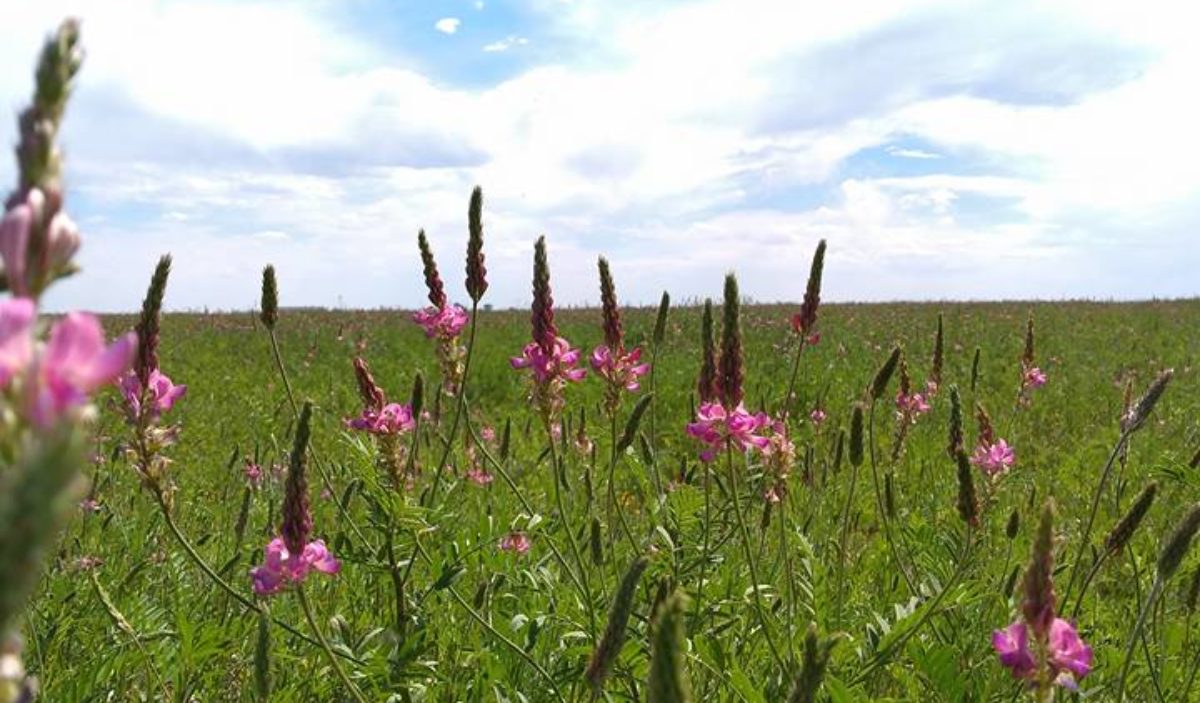I’m unsure the exact number of birds we have processed at this point. We’ve done 2 large batches of turkey slaughters (10+) and killed a lot of chickens. Thanksgiving dinner was to be killed by us again this year. We weren’t particularly sad about our turkeys demise either. They liked to bite and annoyed me most of the time with their “in your face, try to eat your fingers and eyeballs” attitude. These two turkeys were quite unique. The last turkeys we had weren’t nearly as brave as these two. Anyway, so we secluded our 2 turkeys and 10 of our adult chickens. Our chickens are eating their eggs so I had decided they must all go. My sister-in-law brought over her 9 giant white turkeys and help. Help is necessary when doing a large quantity of turkeys, in our experience. It takes about 3 people to do a large turkey processing because of the size and strength of the birds. Our last turkey slaughter required 2 men to scald a single 62 pound bird because of the weight of the wet feathers.
Moving on though, we improved our equipment this year. Husband made 2 turkey sized kill cones and he also insulated the scald pot.
The scald pot is a real issue for us. It doesn’t hold the temp very well and we’ve had under and over scalded birds on the regular. A usual processing required large pots on the stove, simmering to help with the scald pot. Not so this year. We finally have the ideal method!
Our scald pot is a large tamale pot. We heat it with this bucket heater. We keep the tamale pot off of the ground with a few cinder blocks. The tamale pot is a great size for doing large turkeys. The largest we’ve ever done was 60lbs live. So the tamale pot has now been insulated. Husband wrapped insulation and tinfoil around the outside and cut big foam blocks to put on the top and bottom. It worked a dream.
We’ve used quite a few thermometers from your basic meat thermometer to a pocket dial thermometer and have finally settled on Thisthermometer as the most accurate and sturdy, at least so far.
It was cold out so the people outside were all wearing gloves. This made scalding difficult as the gloves would get wet and then be useless. We were happy to have the Gator Gloves we discussed in earlier posts for keeping leather gloves dry.
The kill cones were made out of sheet metal and hung in our lean-to. The turkeys fit in them just fine. To modify them for chickens we took a milk jug and cut the top and bottom off. The jug could be inserted into the kill cones to hold the chickens.
Husband will do a guest post explaining the dimensions and process he used for making these kill cones at a later date.
The plucker we have got clogged up once with feathers but otherwise worked a dream plucking all the birds.
The plastic tub and buckets were used to put water into the plucker as it was too cold for running water.
Rope was hung from the rafters in our garage to store birds while they awaited evisceration. There were 3 men doing the killing and 2 people inside doing the eviscerating. With the kill cones the men were able to kill the birds far faster than we could eviscerate them. This method of holding them over worked just fine as it was cold enough outside it acted as sufficient icing of the birds.
We bought a knife kit from Wal-Mart and it’s worked just fine for the most part. A few pieces just broke and I really only used a single knife from the set. We’ve since advanced and I use This knife to do everything. It’s been great so far. We’ve also started using a bone saw
this year. It’s done a great job at sawing off heads, usually the hardest part, at least when you’re doing the eviscerating on your kitchen counter and can’t go at it with a hatchet.
We’ve bought shrink bags before and I do recommend them. They work really great. However, this years turkeys simply went in garbage bags, as they’ll be eaten quickly. The chickens went in regular old gallon freezer bags. That’s working just fine so far as well. I’d say the shrink bags were easier in a way. We did wrap the turkeys in plastic wrap before putting them in the garbage bags. The shrink bags eliminate that step, but they do ad others. I think I’ll place a mass order of shrink bags for future processing, however. As far as where to get those, that’s a toughie. I’ve only ever found them sold by bloggers.
To weigh the carcasses we put them in a grocery bag and then use this Scale.
Lucky chicken and turkey foot recipient!
As far as our preferred cooking method goes, we like to dry brine before we wrap them up, fresh as can be. Turn them twice a day and keep them in the fridge until Thanksgiving. Then we use Gordon Ramsey’s citrus cooking method. It’s AMAZING!
This post contains affiliate links. These are products we have actually purchased and can attest to.



















































